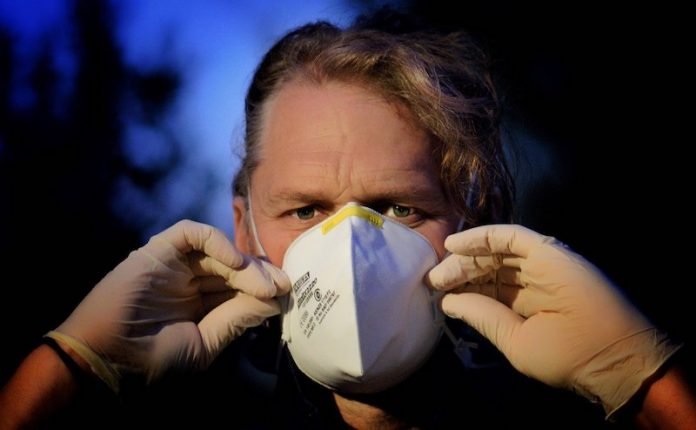
Scientists and public health experts have long known that certain individuals, termed “super-spreaders,” can transmit COVID-19 with incredible efficiency and devastating consequences.
In a new study, researchers found that obesity, age and COVID-19 infection correlate with a propensity to breathe out more respiratory droplets—key spreaders of SARS-CoV-2, the virus that causes COVID-19.
The research was conducted by a team at Tulane University, Harvard University, MIT and Massachusetts General Hospital.
In the study, the team used data from 194 healthy people and data from nonhuman primates with COVID-19.
They found that exhaled aerosol particles vary greatly between participants.
Those who were older with higher body mass indexes (BMI) and an increasing degree of COVID-19 infection had three times the number of exhaled respiratory droplets as others in the study groups.
Researchers found that 18% of the human participants accounted for 80% of the exhaled particles of the group, reflecting a distribution of exhaled aerosol particles that follows the 20/80 rule seen in other infectious disease epidemics—meaning 20% of infected individuals are responsible for 80% of transmissions.
Aerosol droplets in nonhuman primates increased as infection with COVID-19 progressed, reaching peak levels a week after infection before falling to normal after two weeks.
Notably, as infection with COVID-19 progressed, viral particles got smaller, reaching the size of a single micron at the peak of infection.
Tiny particles are more likely to be expelled as people breathe, talk or cough. They can also stay afloat much longer, travel farther in the air and penetrate deeper into the lungs when inhaled.
The increase in exhaled aerosols occurred even among those with asymptomatic cases of COVID-19.
Scientists have seen a similar increase in droplets during the acute infection stage with other infectious diseases like tuberculosis.
It seems likely that viral and bacterial infections of the airway can weaken airway mucus, which promotes the movement of infectious particles into this environment.
The generation of respiratory drops in the airways varies between people depending on their body composition, the team says.
One author of the study is Chad Roy, Ph.D.
The study is published in Proceedings of the National Academy of Sciences.
Copyright © 2021 Knowridge Science Report. All rights reserved.



